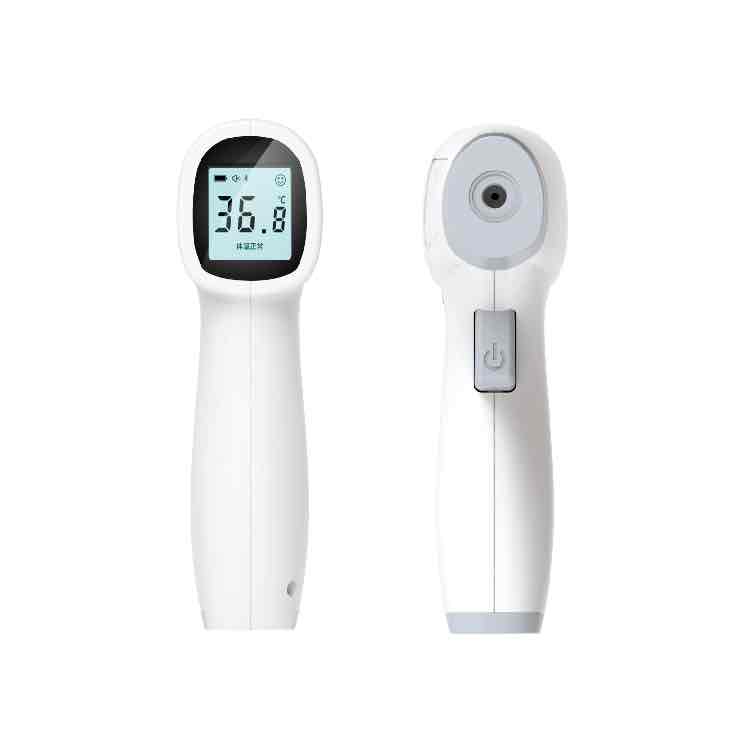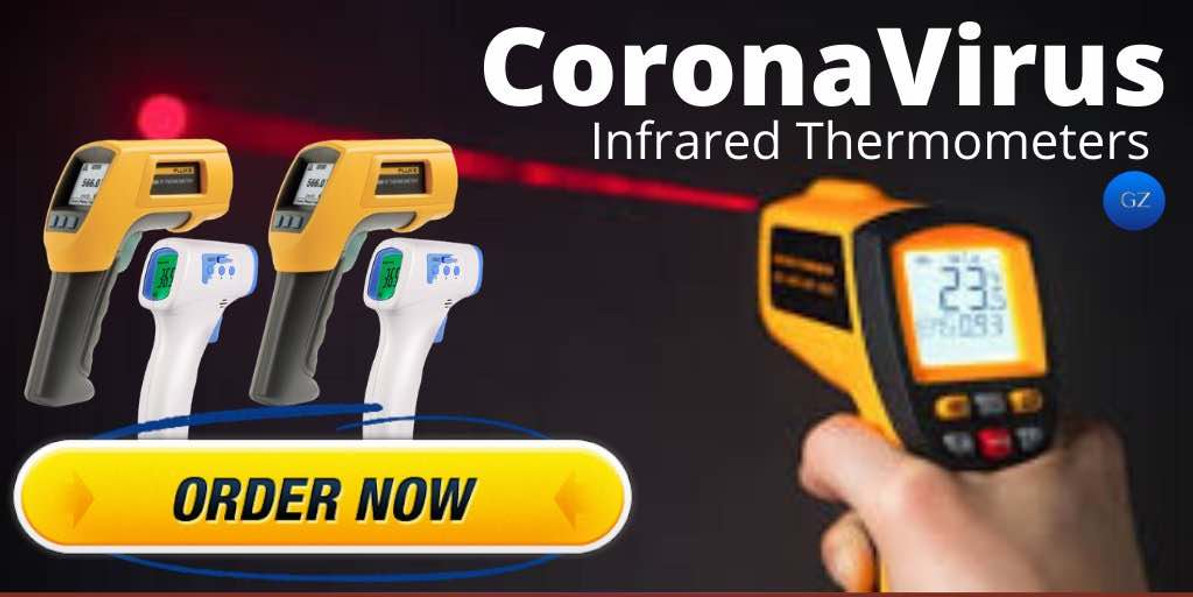Frequently asked questions on the use of Infrared thermometers in Nigeria
frequently asked questions on the use of Infrared thermometers.
The coronavirus COVID-19 pandemic is the defining global health crisis of our time and this has proved to be the greatest challenge the world have faced since World War Two. There is apparently a rush to mitigate or reduce the spread as new cases are announced almost everyday in Nigeria, One of the best ways to detect a probable case is by use of non-contact infrared thermometer, an elevated body temperature above normal is usually a recognizable symptom. This article explores some of the frequently asked questions for users new to the use of infrared thermometers also known as non-contact thermometers.
Since its emergence in Wuhan China late last year 2019, the virus has spread to every continent except Antarctica. Cases are rising daily in Africa the Americas, and Europe.
Countries are racing to slow the spread of the virus by testing and treating patients, carrying out contact tracing, limiting travel, quarantining citizens, and cancelling large gatherings such as sporting events, concerts, and schools. Hence the need to mitigate its spread or otherwise stop it completely is every country’s effort.
One of the best ways to detect a probable case is by use of non-contact infrared thermometer, an elevated body temperature above normal is usually a recognizable symptom. There is an increased demand for infrared thermometers in Nigeria. The essence of this article is to answer some underlying questions users are asking regarding the non-contact infrared thermometer.
1. How do infrared (IR) thermometers work?
All objects emit infrared energy. The hotter an object is, the more active its molecules are, and the more infrared energy it emits. An infrared thermometer houses optics that collect the radiant infrared energy from the object and focus it onto a detector. The detector converts the energy into an electrical signal, which is amplified and displayed.
2. What response time can I expect from an IR thermometer?
The response time of IR thermometers is faster than most thermometers; approximately 0.5 second.
3. What is the maximum distance I can make measurements from the target?
This is a function of the optics in your thermometer. Use the distance-to-size ratio and the diameter of your target to determine the maximum distance you can be from the target. Most IR thermometers have a maximum measuring distance of approximately 100 feet (30 meters), depending on atmospheric conditions.
4. What is spectral range? Why is it important?
The infrared spectral range is 0.7 to 1000 μm, the range for wavelength in which infrared radiation is transmitted. For cost reasons, IR thermometers generally operate under 20 μm. Most of the IR thermometers that we carry have a spectral response of 8-20 μm. This range is used because it is minimally effected by CO2 and H2O in the atmosphere. With longer, lower-energy wavelengths, the accuracy decreases with increased distances due to the affects of the atmosphere (humidity).

5. What is emissivity?
Emissivity is the ability of an object to emit or absorb energy. Perfect emitters have an emissivity of 1, emitting 100% of incident energy. An object with an emissivity of 0.8 will absorb 80% and reflect 20% of the incident energy. Emissivity may vary with temperature and spectral response (wavelength). Infrared thermometers will have difficulty taking accurate temperature measurements of shiny metal surfaces unless they can adjust for emissivity.
6. How can the emissivity of an object be determined?
- First, measure the surface temperature of the object to be measured with a surface-type thermocouple probe. Measure the same surface with an IR thermometer, adjusting emissivity on the thermometer until the temperature readings on both the thermocouple and IR meters agree.
- for temperatures up to approximately 500°F (260°C), place a piece of regular masking tape on the object to be measured. Allow the tape to reach thermal equilibrium with the object. Using an IR thermometer with the emissivity set at 0.95, measure and note the temperature of the masking tape. Then, measure the surface temperature of the object. Adjust the emissivity until the temperature of the object is the same as that of the tape.
7. What area does the IR thermometer measure?
It measures the average temperature of the surface within the measuring diameter.
8. Does the angle of holding the thermometer while measuring matter?
Always try keeping the thermometer perpendicular to the surface of the object you are measuring. This will ensure that the small area that the lens is looking at is only consisting of your object’s surface.

9. Do infrared thermometers see through clear plastics, glass, and liquid substances like water?
When pointed at a clear plastic or glass, the thermometer will take the surface of the plastic and glass for you. If you were hoping to measure the temperature of something that is inside a glass or plastic container, then you shouldn’t use an infrared thermometer.
The same is the case with water. The thermometer will only help you measure the surface temperature of the liquid.
10. What is the best way to clean an Infrared thermometer?
To be accurate, IR thermometers must be kept clean. To clean, use a soft cloth or cotton swab with water or medical grade rubbing alcohol and carefully wipe first the lens and then the body of the thermometer. Allow the lens to dry fully before using the thermometer. Never use soap or chemicals and never submerge any part of the thermometer in water.
Conclusion
All in all, infrared thermometers are a great and convenient tool to have in your arsenal. Apart from being one of the safest tools, these thermometers allow you to measure any possible surface you want with high speed and great accuracy.
This product is on sale: New price N35,000 (click here for wholesale price) Old price N70,000

Recent Posts
-
Transformer Safety: Preventing and Managing Common Hazards
Transformers are critical components in the electrical distribution system, handling high voltages a …Apr 23, 2024 -
Press Release: Same Great Lube, Less Waste: Lubemax 50:50 makes the Switch to Sustainable Packaging
In a move towards environmental responsibility, Epoxy Oilserv Nigeria Limited is proud to announce t …Apr 23, 2024 -
Top 8 Generators Recommended by Professionals in Nigeria (Reviews)
Generators can keep your home or business running with your essential equipment until the power is b …Apr 23, 2024


